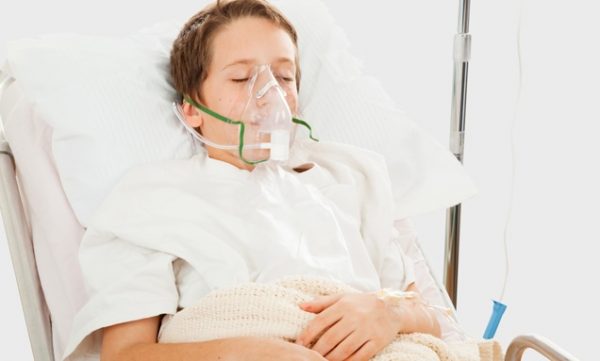Care for dying children must take full account of the emotional and practical needs of their family as well as the young person, according to new guidance from the National Institute for Health and Care Excellence.

The guideline, published today, also recommended an “advance care plan” detailing treatment decisions that should be routinely updated and that should include information about whether the child wants to donate their organs.
 Children approaching the end of their life, as well as families and carers, may find it distressing to discuss the plan, noted the guidance. It added that they might, therefore, be reluctant to speak about it and may also have differences of opinion over what decisions are recorded in it.
Children approaching the end of their life, as well as families and carers, may find it distressing to discuss the plan, noted the guidance. It added that they might, therefore, be reluctant to speak about it and may also have differences of opinion over what decisions are recorded in it.
Parent and carers must also be talked to about the support they can expect when the child dies as part of developing the plan, stated the document.
The guideline makes recommendations about how to discuss treatment withdrawal, and what can be done to help families when a child is approaching the end of life, such as preparing for important rituals, having photographs and any considerations around the use of social media.
It also covers how to discuss the preferred place of death for the child, how to manage pain in children, possible seizures, respiratory distress and nutrition.
A specialist paediatric palliative care team should be involved in managing distressing symptoms and must include, at a minimum, a paediatric palliative care consultant, a nurse with expertise in paediatric palliative care, a pharmacist with the same level of expertise, and also professionals who have experience in supporting families and children with practical and social elements of their care.
In addition, information on how to recognise whether a child is in the last few days of their life, about rapid transfer arrangements to their preferred place of death and how to provide care at home is discussed in the guidane.
 However, it called for more research about how to identity when a child with a life-limiting condition is likely to die within hours or days.
However, it called for more research about how to identity when a child with a life-limiting condition is likely to die within hours or days.
“Healthcare professionals are often asked to estimate how close a child or young person may be to death. There is very little evidence on which to base any such estimate,” stated the guideline – called End of life care for infants, children and young people with life-limiting conditions: planning and management.
“To help predict when a child or young person is in the last hours or days of life, a clearer understanding is needed of which groups of signs and symptoms indicate this most clearly, it said.
“This would improve healthcare planning, but importantly would also allow families to realistically address their ‘hopes and wishes’ for their child’s care while preparing themselves for the child’s or young person’s last hours and days of life,” it added.
The guidance also stated that clear, easy to explain information tailored to the child’s age and level of understanding should be provided to them. This could include using art, digital media or music to explore their feelings and questions.
Dr David Vickers, consultant paediatrician at Cambridgeshire Community Services NHS Trust and chair of the NICE guideline committee said: “Providing care for a dying child can be an enormous challenge. It can place a substantial strain on the family.
“Mothers and fathers can be forced into a medical role in order to provide the care their son or daughter needs. It is important for us to recognise this and offer help to alleviate the pressure,” he said.
“By getting this right, and being there for whoever needs us, wherever they need us, we can ensure siblings continue to be a brother or sister, and parents can have time to simply be mum and dad,” he added.
Complete Article HERE!
